
UHR scanning
Ultra-high-resolution image processing captures every brush stroke and color gradient
Learn more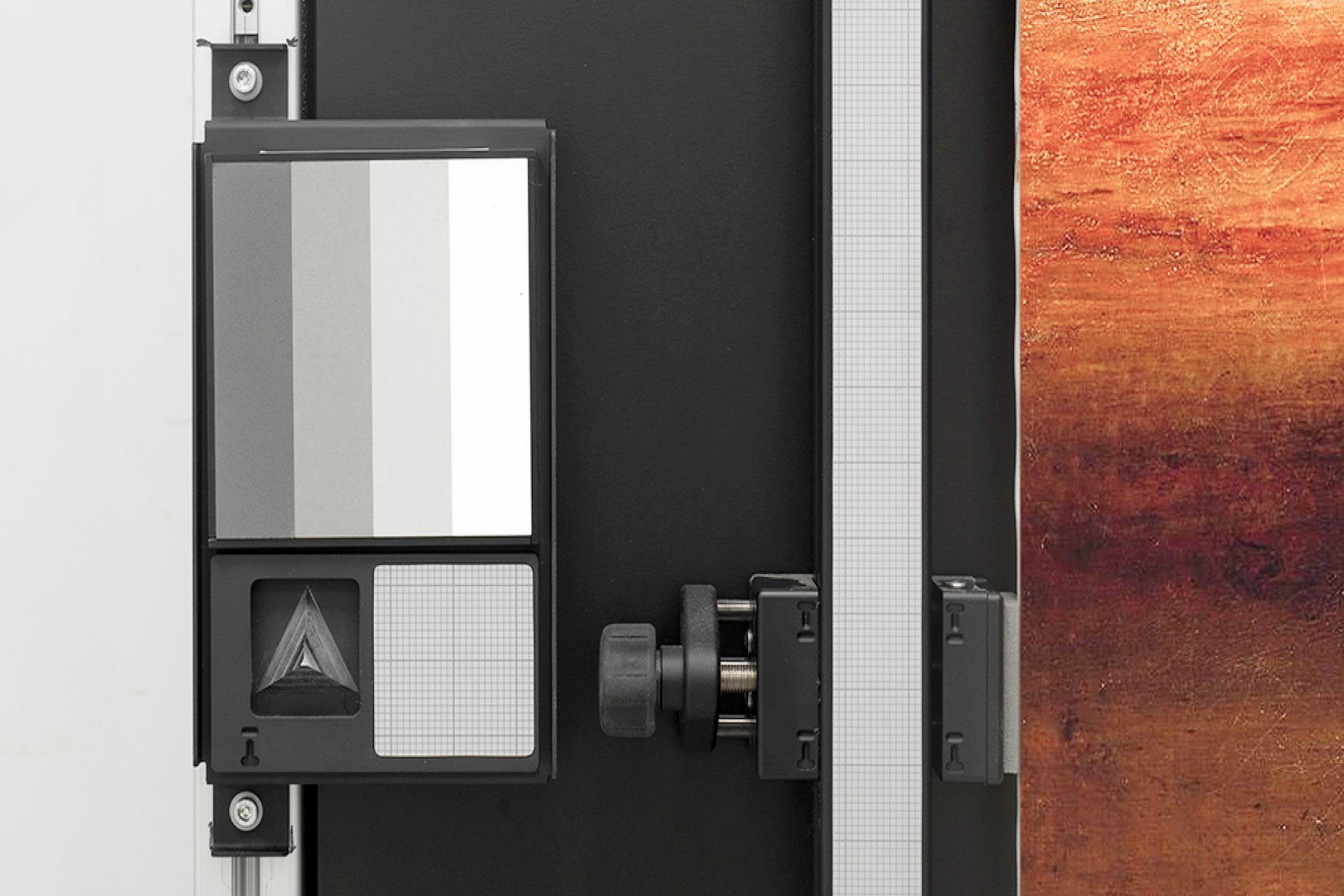
Leading-edge technology makes art creation, preservation, and appreciation more accessible.
Here are our core specialities within digital. Looking for something else?

Ultra-high-resolution image processing captures every brush stroke and color gradient
Learn more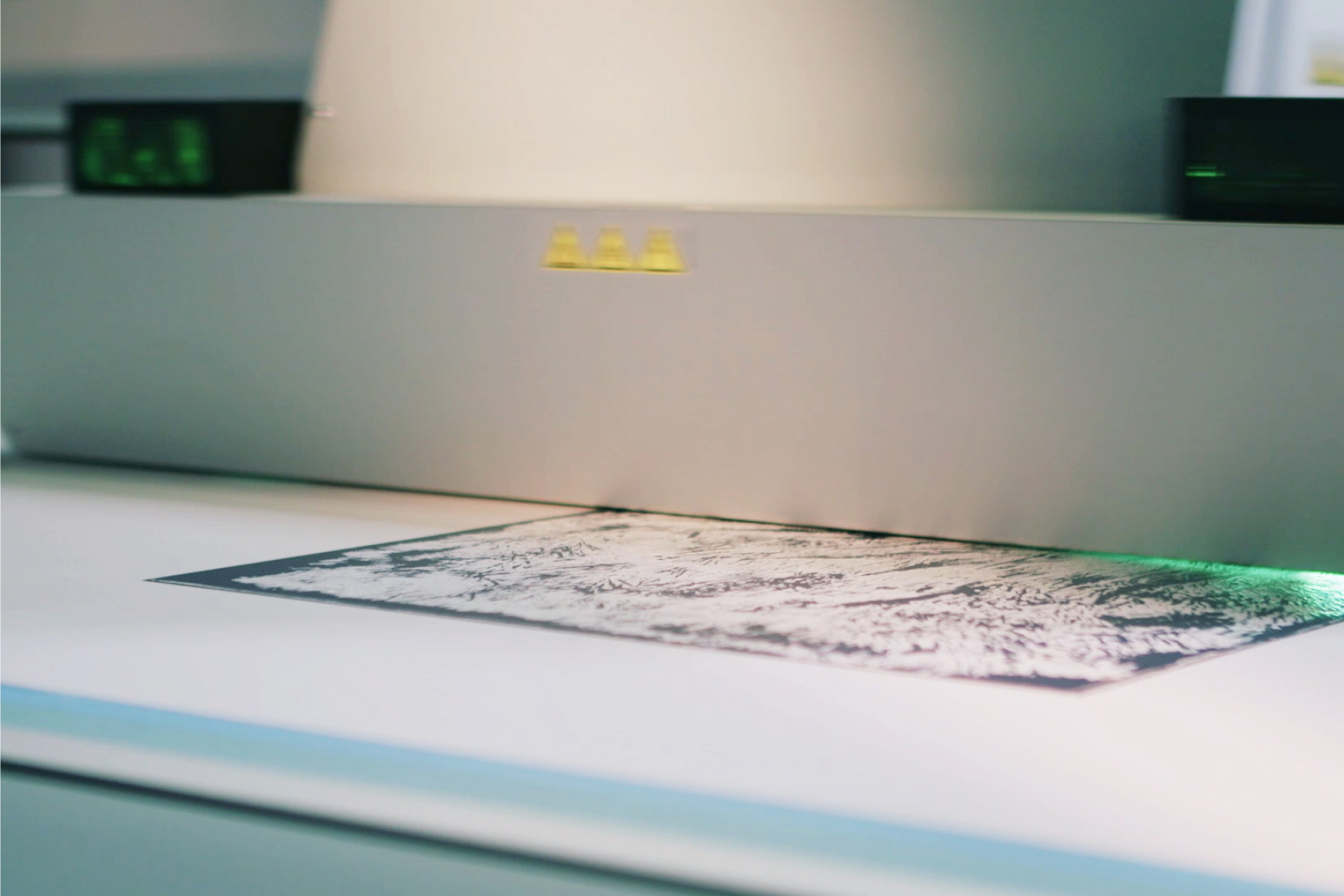
Our partnership with Arius Technology allows us to use an artwork’s Art Digital Master File (ADMF™) to create detail-rich replications, making it easier to share art from afar
Learn more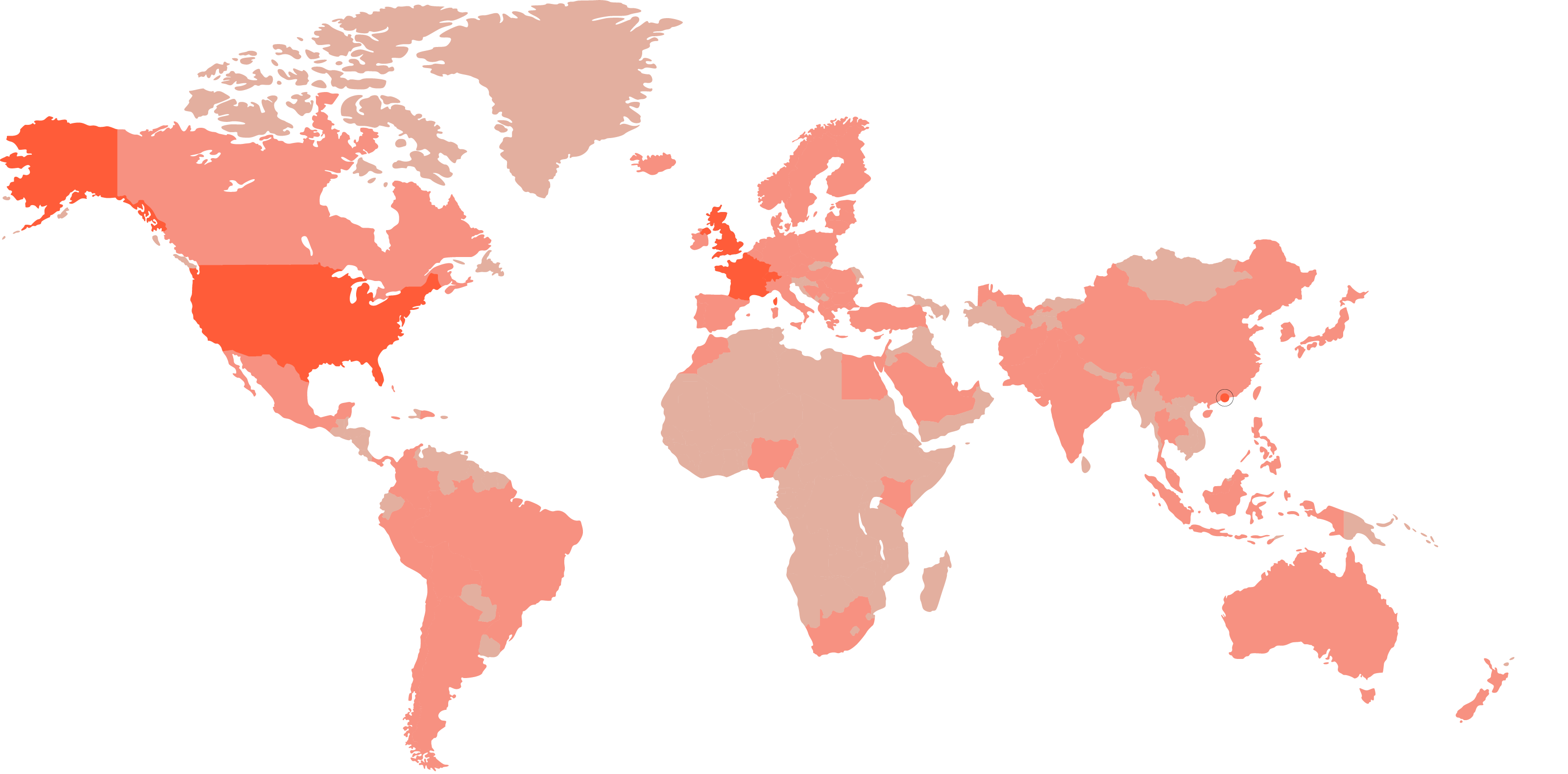
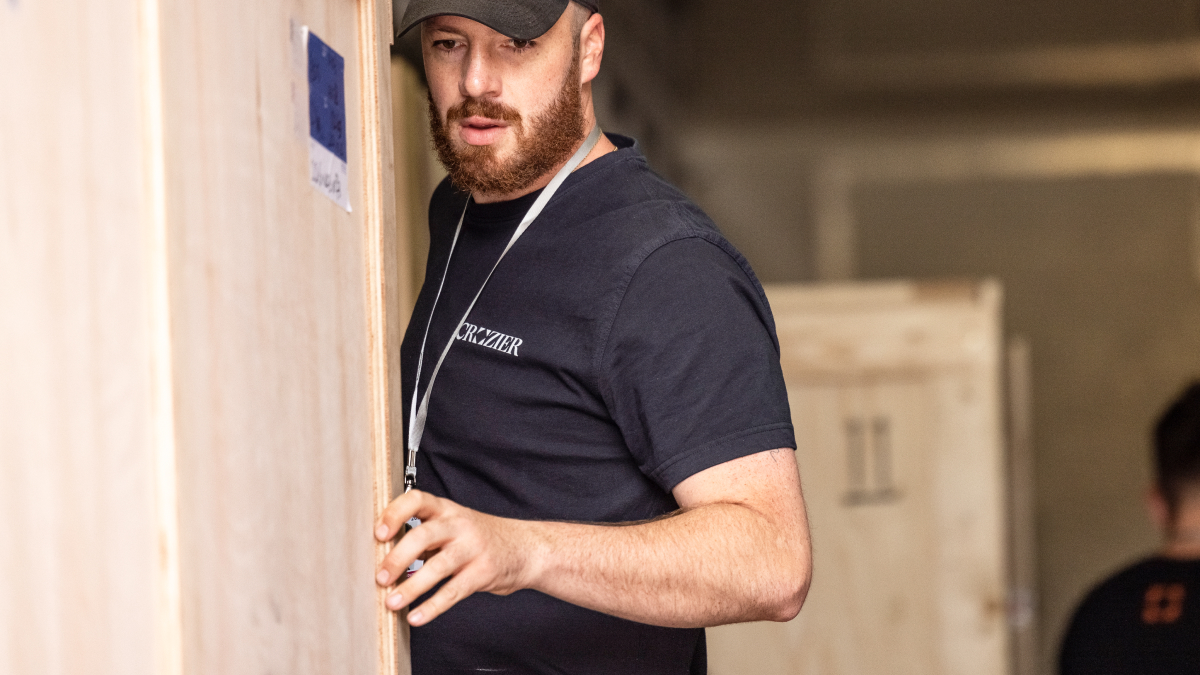
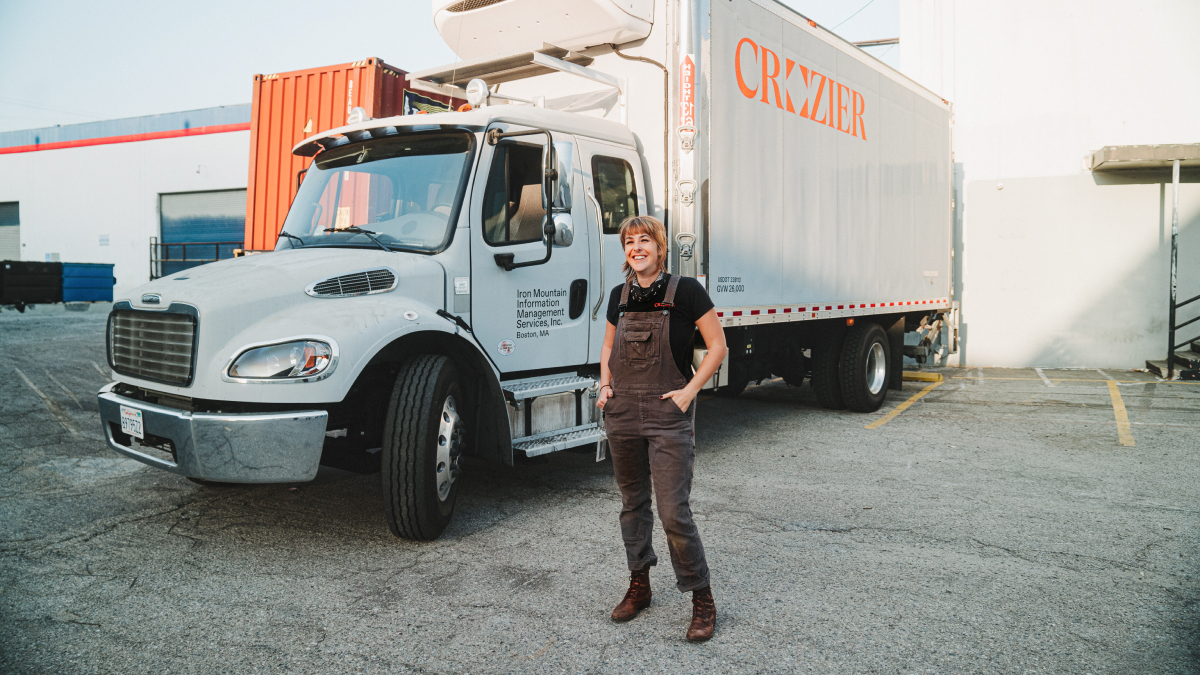
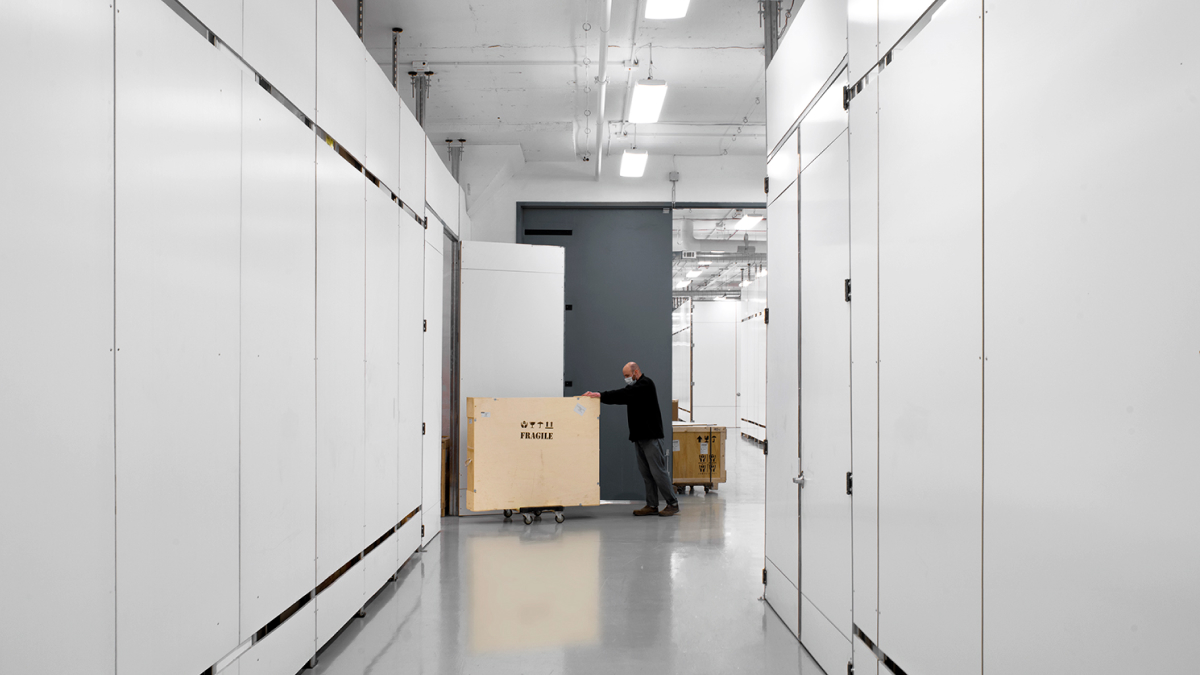
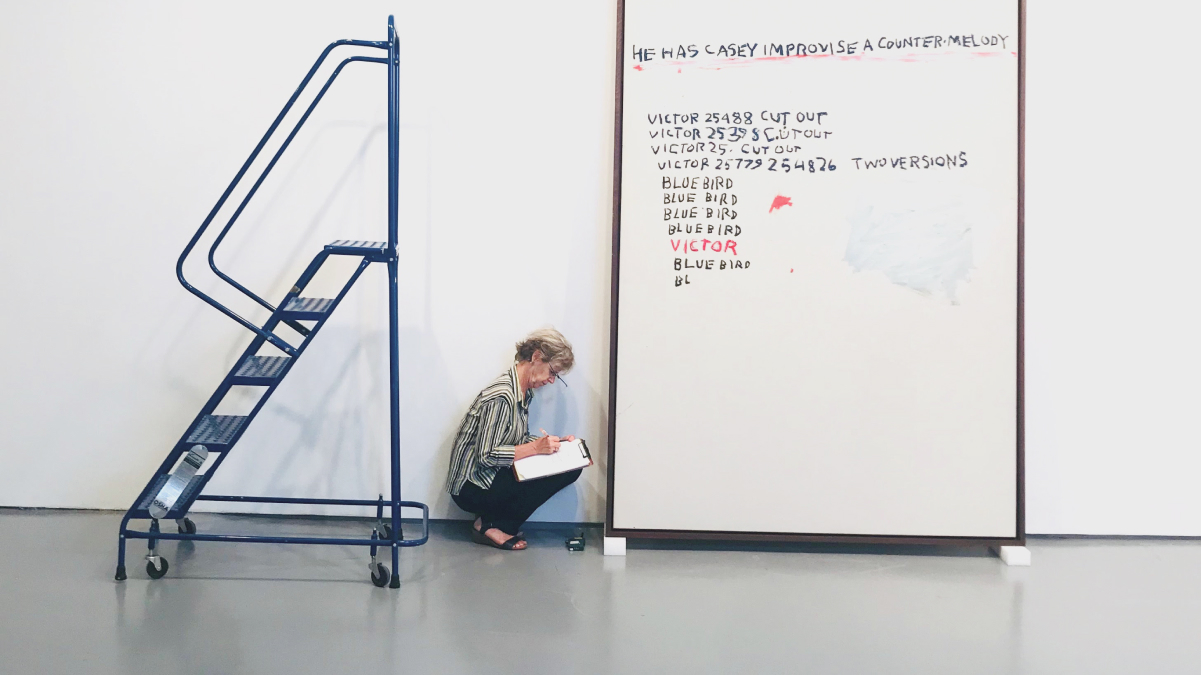

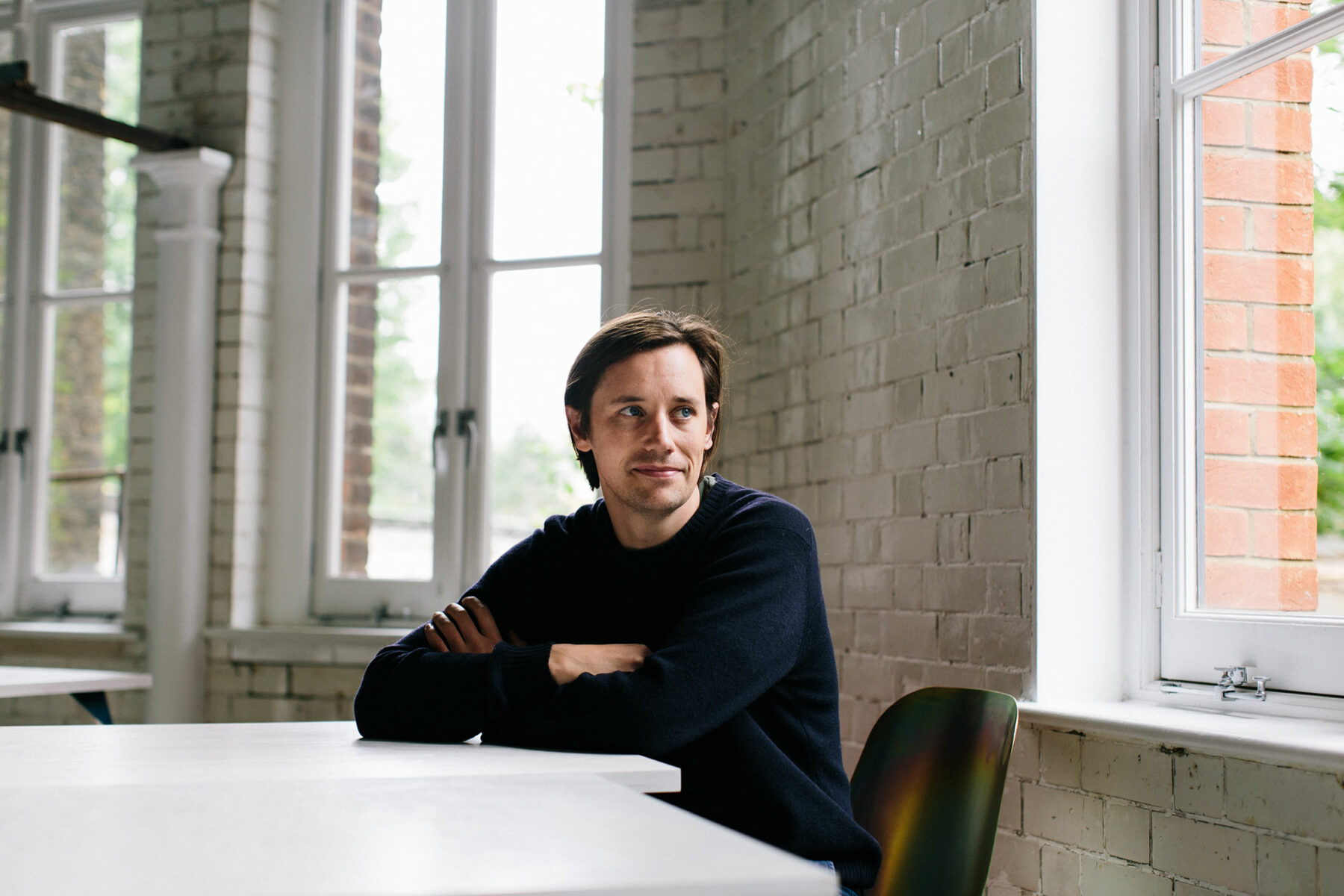

Stay in touch and up to date about industry news, events, trends, and much more.